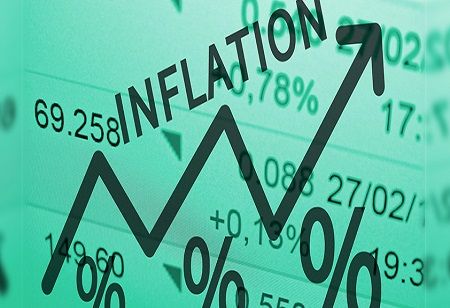
Sri Lanka's consumer price inflation increased to 2.7 percent in April from 2.5 percent in March, according to official data released on Tuesday. The National Consumer Price Index (NCPI), which measures broad retail price inflation and is published with a 21-day lag each month, showed that food prices rose 3.3 percent in April, down from 5 percent in March. Non-food item prices increased by 2.3 percent in April, up from 0.7 percent in March, as the effects of a 22 percent reduction in household power tariffs implemented in March diminished.
Analysts predict that overall inflation will remain relatively stable over the next three months, expecting that global oil prices and local demand-side pressures will stay subdued. Inflation is anticipated to stay within the Central Bank of Sri Lanka's (CBSL) target of 5 percent. Dimantha Mathew, head of research at First Capital, suggested that inflation might rise slightly due to higher food prices, potentially reaching 4 percent to 4.5 percent, but emphasized that this increase is not a major concern.
Sri Lanka experienced record-high inflation, peaking at 70 percent in September 2022, following the worst financial crisis in decades triggered by a significant drop in foreign exchange reserves. However, with the assistance of a $2.9 billion program from the International Monetary Fund, the country's economy has gradually stabilized and is projected to grow by 3 percent in 2024 after two consecutive years of contraction. The Central Bank of Sri Lanka has responded to slowing inflation by cutting policy rates by 700 basis points since last year to foster economic growth.
We use cookies to ensure you get the best experience on our website. Read more...